Introduction

Feeding birds can be a delightful and rewarding experience, but it often comes with an unwanted side effect: squirrels and other mammals raiding the bird feeders and depleting the seed meant for our feathered friends. However, there is a solution that can effectively deter these pesky intruders while still attracting a variety of bird species to your backyard—hot pepper bird seed.
Benefits of Feeding Hot Pepper Bird Seed

Hot pepper bird seed incorporates crushed or powdered hot peppers into the mix, offering a range of benefits. Firstly, it effectively deters squirrels and other mammals, thanks to the spiciness of hot peppers caused by a compound called capsaicin. By using hot pepper bird seed, you can ensure that squirrels don’t consume the bird food, allowing your avian visitors to enjoy their fair share.
Additionally, hot pepper bird seed provides nutritional benefits for birds, especially during colder months when natural food sources may be scarce. It serves as a source of energy and nutrition, helping birds sustain themselves through harsh weather conditions.
Ingredients and Supplies Needed
To make hot pepper bird seed, gather the following ingredients and supplies:
-
Bird Seed: Choose a mix of different seeds such as sunflower seeds, millet, cracked corn, or safflower seeds based on personal preference and the types of birds you want to attract.
-
Hot Peppers: Select hot pepper varieties like cayenne, jalapeño, or habanero to add the desired level of spiciness.
-
Crushing or Grinding Equipment: Use a mortar and pestle, a spice grinder, or a blender to crush or grind the hot peppers.
-
Protective Gear: Wear gloves to protect your skin while handling hot peppers, and avoid touching your face or eyes.
With these ingredients and supplies, you’ll be ready to create your own batch of hot pepper bird seed and enjoy its benefits.
Step-by-Step Guide to Making Hot Pepper Bird Seed
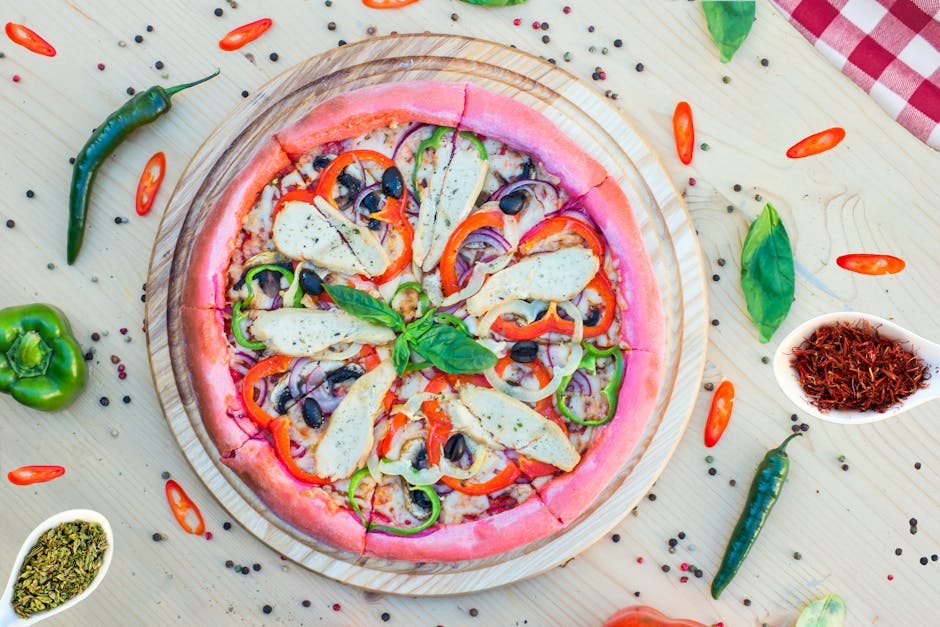
a. Gathering Ingredients and Supplies
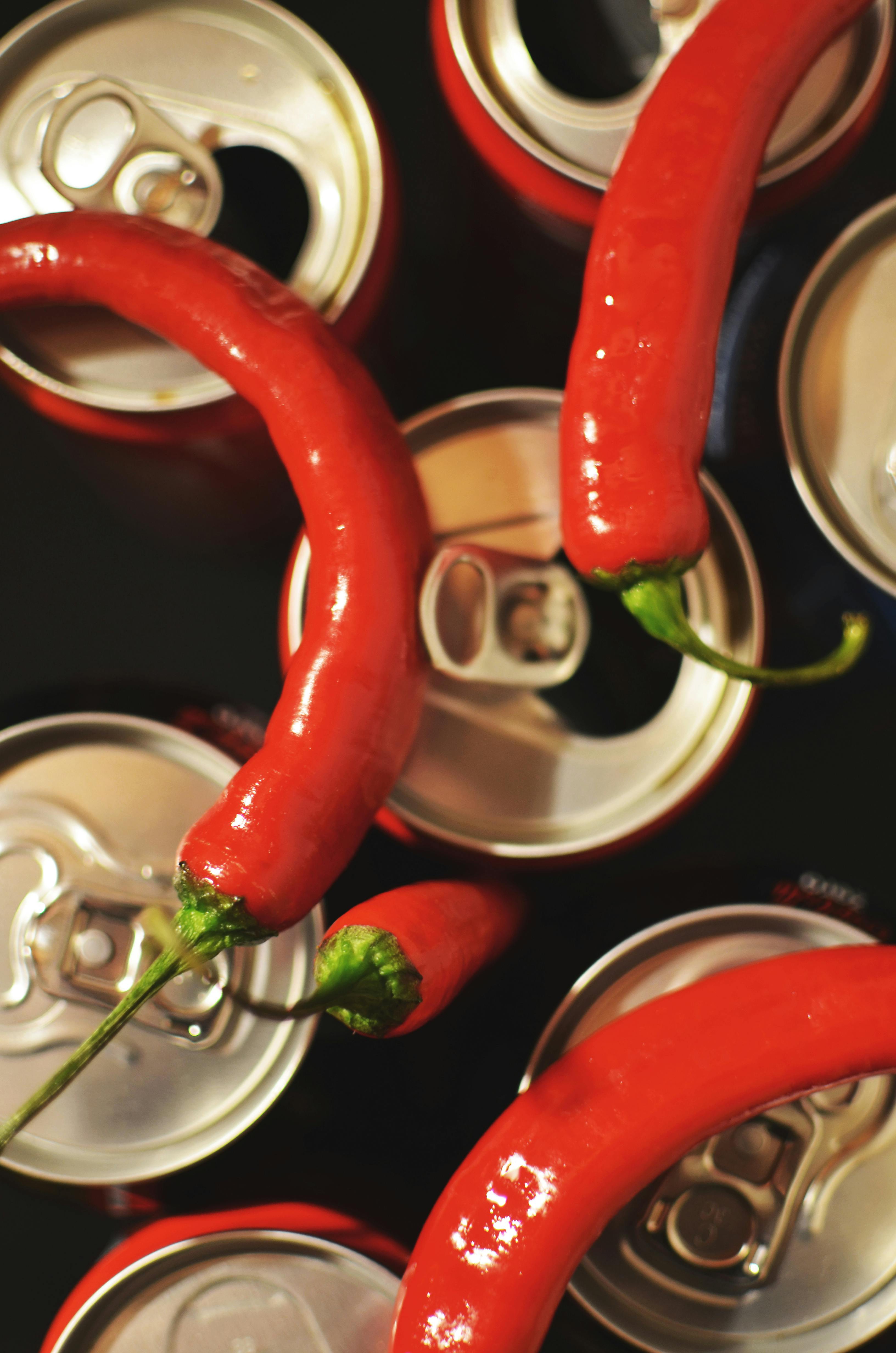
To create hot pepper bird seed, gather the following:
-
Birdseed: Choose a high-quality mix that appeals to a variety of bird species, containing seeds like sunflower, millet, cracked corn, and peanuts.
-
Hot peppers: Select peppers such as cayenne, jalapeno, or habanero, which birds find unpalatable due to capsaicin.
-
Vegetable oil: Use a neutral oil to help the hot pepper powder adhere to the birdseed.
-
Powdered hot pepper: Purchase pre-ground powder or make your own by drying and grinding the peppers finely.
-
Mixing bowl: Use a clean and dry bowl to combine the ingredients effectively.
-
Spoon or spatula: Mix the ingredients thoroughly using a spoon or spatula.
-
Baking sheet (optional): Use a baking sheet to dry the birdseed after preparation, if desired.
b. Prepping the Birdseed

Follow these steps to prepare the birdseed:
-
Measure the desired amount of birdseed based on the number of birds you want to attract and the size of your bird feeder.
-
Remove any debris or clumps from the birdseed to ensure it is clean and safe for the birds.
-
Rinse the birdseed under running water in a fine-mesh strainer to remove dust and potential contaminants. Let it dry completely.
c. Adding the Hot Pepper
Incorporate the hot pepper into the birdseed:
-
Put on gloves to protect your skin and eyes.
-
Finely chop the hot peppers, ensuring smaller pieces for better distribution of heat. Avoid touching your face or eyes.
-
Add the finely chopped hot peppers to the mixing bowl with the birdseed. Adjust the quantity based on your preference and the tolerance of the bird species you wish to attract.
d. Mixing the Ingredients
Thoroughly mix the birdseed and hot pepper:
-
Pour a small amount of vegetable oil into the mixing bowl to help the hot pepper powder adhere to the birdseed.
-
Use a spoon or spatula to evenly coat the birdseed with the oil and hot pepper. Take your time to ensure proper distribution.
e. Cooling and Drying the Birdseed
To cool and dry the birdseed:
-
Spread the mixture onto a baking sheet in a thin, even layer, if desired.
-
Allow the birdseed mixture to cool and dry for a few hours or overnight, stirring occasionally to prevent clumping.
-
Once completely dry, transfer the hot pepper bird seed to a clean, airtight container for storage until ready to use.
By following these steps, you can create your own hot pepper bird seed that will attract a variety of birds while deterring unwanted pests. The next section will provide essential tips for feeding hot pepper bird seed to maximize its effectiveness and ensure the well-being of the birds.
Tips for Feeding Hot Pepper Bird Seed
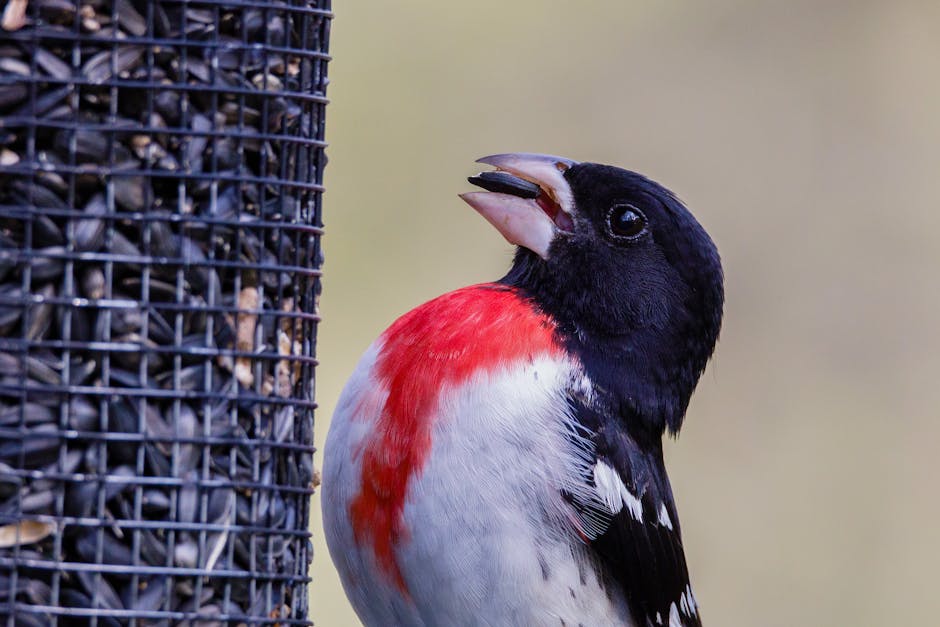
Introducing Birds to the Hot Pepper Bird Seed
When introducing birds to hot pepper bird seed, take a gradual approach to help them adjust to the spicy flavor. Follow these tips:
-
Gradual introduction: Mix a small amount of hot pepper bird seed with regular bird seed, starting with a ratio of 1:4 (one part hot pepper seed to four parts regular seed). Increase the proportion of hot pepper seed over time, allowing the birds to develop a taste for the spicier seed while still enjoying familiar flavors.
-
Separate feeders or areas: Provide the hot pepper bird seed in a separate feeder or different area initially. This allows birds to choose and prevents them from being overwhelmed by the new taste. As they become more accustomed to the hot pepper seed, gradually mix the two types of seed in the same feeder, if desired.
-
Patience is key: Some birds may take time to develop a liking for hot pepper bird seed. Be patient and continue offering it alongside regular seed until they become accustomed to the spicier option. It may take several weeks for birds to fully accept and enjoy the hot pepper seed.
Feeding Habits for Hot Pepper Bird Seed
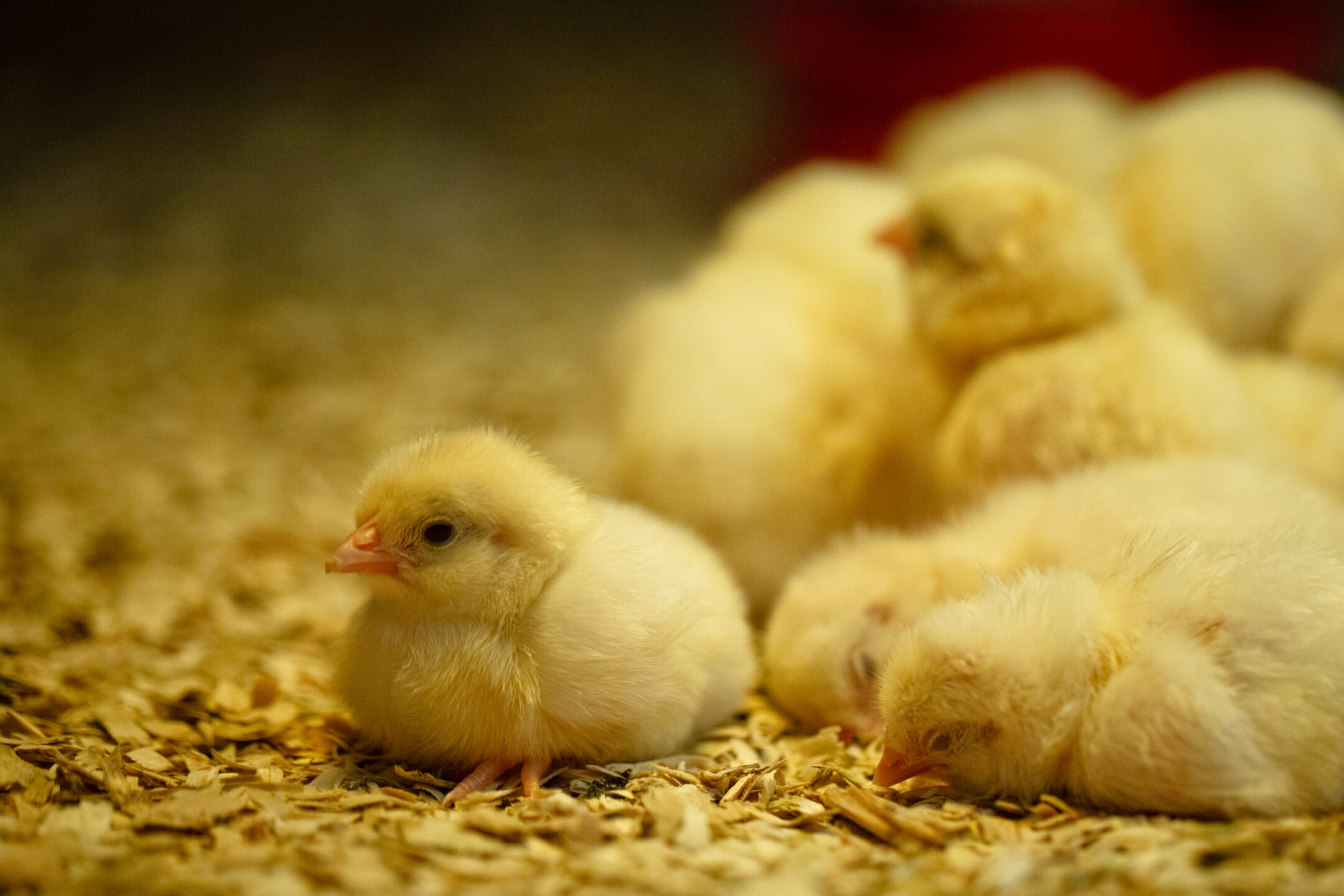
Consider bird behavior and habits when feeding hot pepper bird seed. Follow these tips for a successful feeding experience:
-
Variety of birds: Hot pepper bird seed attracts a diverse range of bird species, including cardinals, finches, sparrows, woodpeckers, and more. The spicy flavor expands the potential for observing different species in your backyard.
-
Timing and availability: Birds typically feed in the morning and late afternoon. Ensure that the hot pepper bird seed is available during these times to maximize the chances of attracting birds to your feeder. Regularly replenish the supply to keep it fresh and appealing.
-
Monitoring consumption: Keep an eye on the bird feeder to gauge the rate of consumption. If the hot pepper bird seed is not being eaten, adjust the ratio of hot pepper seed to regular seed or try a different type of hot pepper seed. Experimenting with different levels of spiciness can help find the right balance to entice the birds.
Storing the Hot Pepper Bird Seed
Proper storage is essential to maintain the quality and freshness of hot pepper bird seed. Follow these storage tips:
-
Airtight containers: Transfer the hot pepper bird seed to clean and dry airtight containers, such as plastic or metal bins, to protect it from moisture, pests, and air exposure. Label the containers with the date of purchase to track freshness.
-
Cool, dark location: Store the containers in a cool, dark place, such as a pantry or garage, avoiding temperature fluctuations, direct sunlight, or high humidity that can deteriorate the seed quality.
-
Regular checks: Periodically inspect the stored hot pepper bird seed for signs of mold, mildew, or pests. Discard affected seed and clean the containers before refilling them.
Conclusion
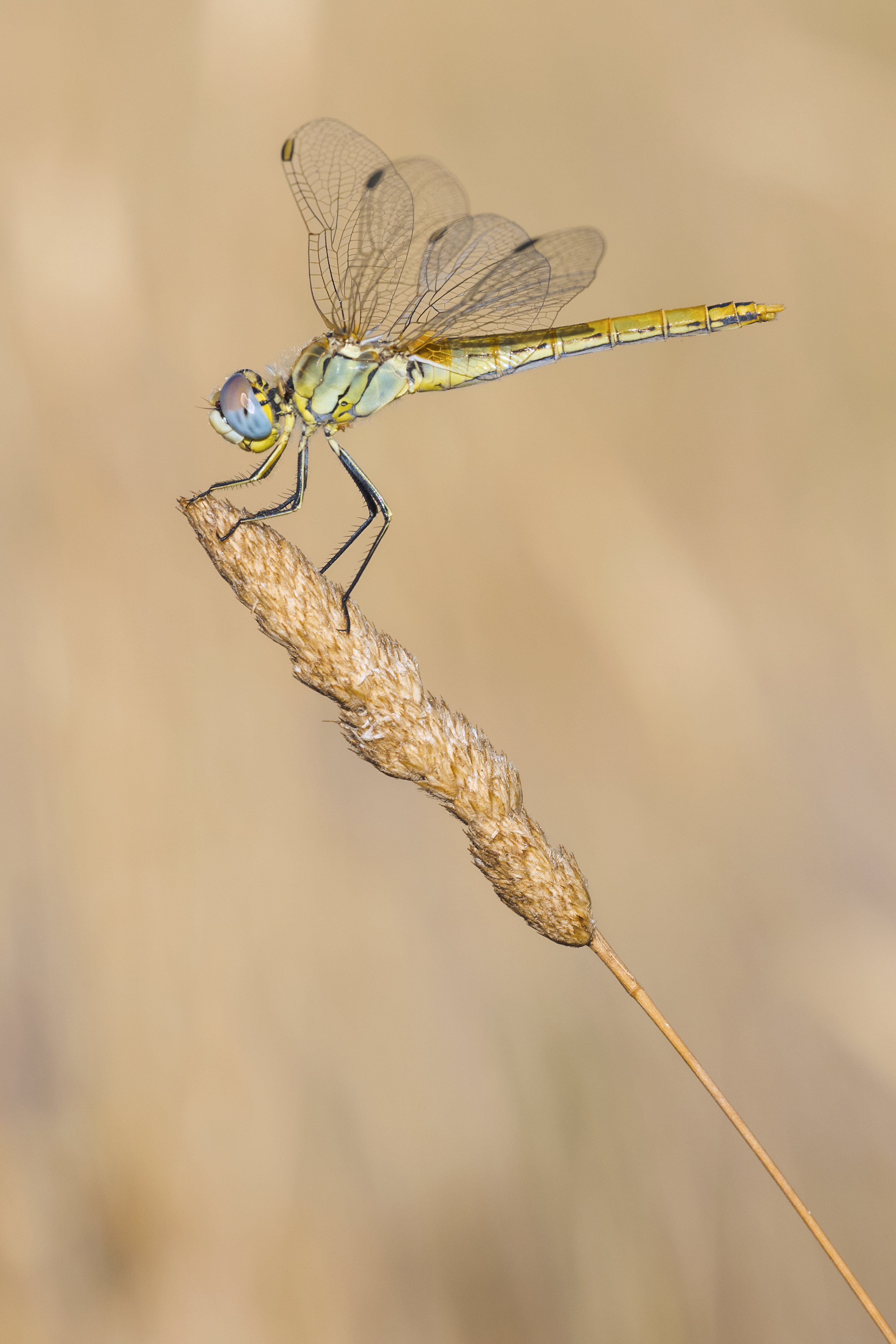
Hot pepper bird seed offers several benefits for bird enthusiasts and gardeners. By incorporating hot peppers into bird seed, you create a natural deterrent for unwanted animals in your backyard, ensuring that the bird feed remains untouched.
Hot pepper bird seed serves as a nutritious and flavorful food source, attracting a diverse range of bird species to your garden and enhancing its natural beauty and biodiversity. Feeding hot pepper bird seed also ensures that birds have ample access to food, as it deters squirrels and other mammals from consuming the bird feed.
Making and feeding hot pepper bird seed can significantly enhance your bird feeding experience. It allows customization of the spiciness level based on the preferences of the local bird population. By monitoring the birds’ behavior and preferences, you can adjust the mix to ensure their well-being and enjoyment.
When handling hot peppers, exercise caution to avoid skin or eye irritation. Safety should always be a priority when working with potentially irritant substances.
In conclusion, making and feeding hot pepper bird seed is a simple and cost-effective way to attract birds to your garden while deterring unwanted animals. It offers numerous benefits, including natural repulsion of squirrels and raccoons, an enhanced feeding experience for birds, and the ability to customize the spiciness level. By incorporating this strategy into your bird feeding routine, you can create a thriving and vibrant haven for birds, fostering a closer connection with nature and enjoying the beauty of avian visitors in your backyard.
Frequently Asked Questions
Frequently Asked Questions
Q: How do I choose the right hot peppers for making hot pepper bird seed?

A: When selecting hot peppers for hot pepper bird seed, opt for varieties like cayenne, jalapeño, or habanero. These peppers contain capsaicin, which birds find unpalatable. Choose peppers based on your preference for spiciness and the tolerance of the bird species you wish to attract.
Q: Can I use pre-ground hot pepper powder instead of grinding my own peppers?

A: Yes, using pre-ground hot pepper powder is a convenient option for making hot pepper bird seed. You can purchase commercially available powder or grind your own hot peppers using a spice grinder or blender. The key is to incorporate the spicy element into the birdseed to deter unwanted animals.
Q: How long does it take for birds to develop a taste for hot pepper bird seed?

A: Birds may take some time to develop a liking for hot pepper bird seed. It is recommended to introduce the spicy seed gradually by mixing a small amount with regular bird seed. Be patient and continue offering both options until the birds become accustomed to the spicier seed. It can take several weeks for birds to fully accept and enjoy the hot pepper seed.
Q: What types of birds are attracted to hot pepper bird seed?

A: Hot pepper bird seed attracts a variety of bird species, including cardinals, finches, sparrows, woodpeckers, and more. The spicy flavor expands the potential for observing different bird species in your backyard, enhancing the diversity and beauty of your avian visitors.
Q: How should I store the hot pepper bird seed to maintain its freshness?

A: To ensure the freshness and quality of hot pepper bird seed, transfer it to clean, dry, and airtight containers such as plastic or metal bins. Store the containers in a cool, dark place, such as a pantry or garage, to avoid temperature fluctuations,

Leave a Reply